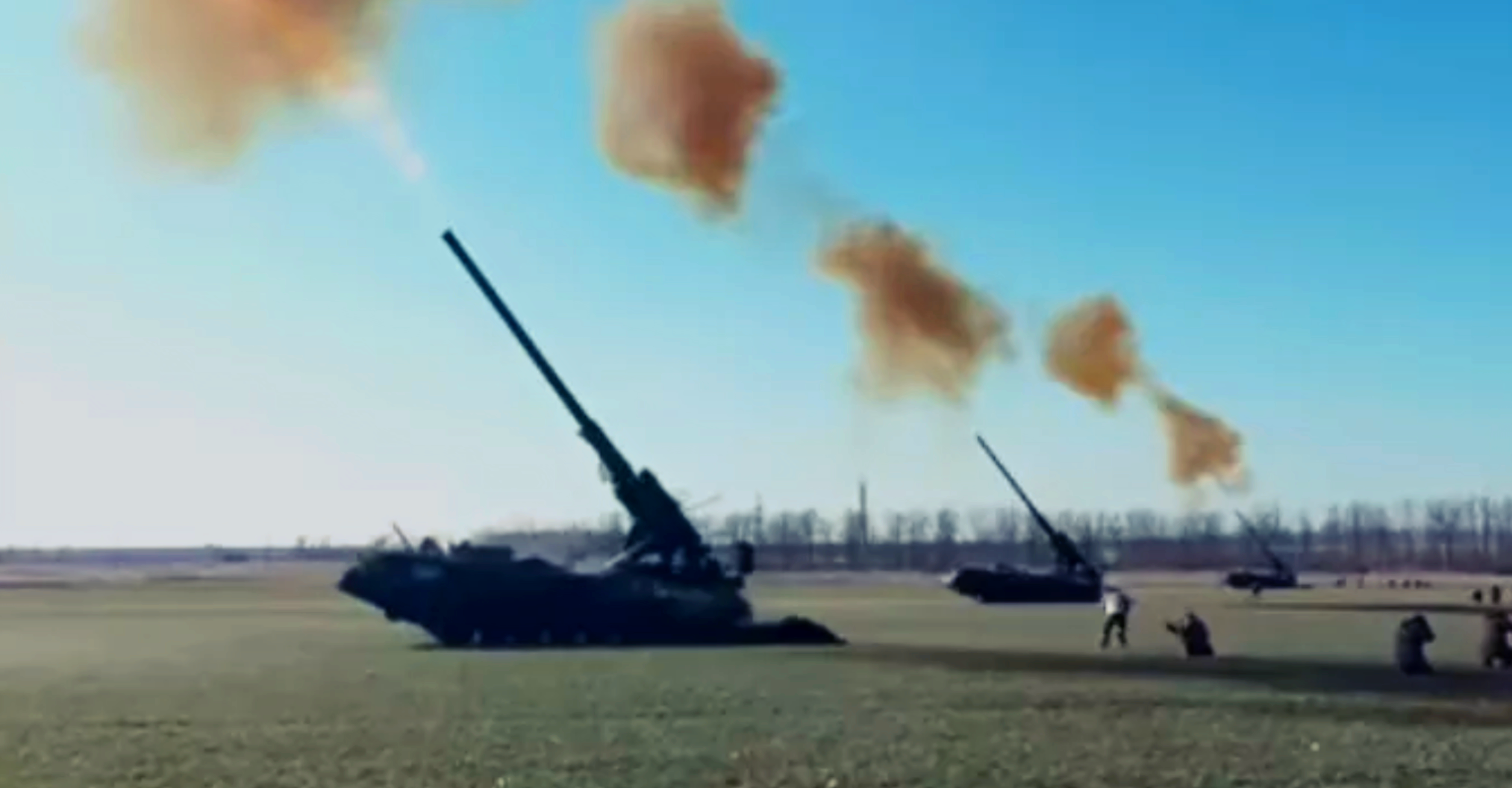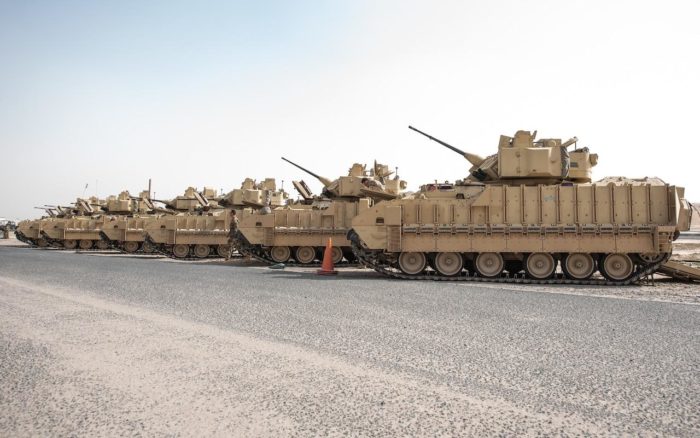The dynamics of the balance of power in the Russo-Ukrainian war are gradually changing in favor of Ukraine. But Ukraine needs more help, writes Ukrainian analyst Volodymyr Dacenko.
In a Twitter thread, Dacenko outlined why Ukraine is starting to win but needs crucial . Here are his main points.

At the beginning of the war, Russia had a total advantage in all parameters:
- 1.5 times more soldiers
- 4 times more tanks
- 6 times more armored vehicles
- 2 times more artillery
- at least 10 times advantage in aviation, navy and long-range missile systems.
In the first phase of the war, Russia suffered heavy losses.
Many soldiers who participated in the storming of Kharkiv and Kyiv refused to fight further.
However, Russia managed to stop this process.
In May, Russia significantly changed its tactics. Afterward, the last defeat of a large column of armored vehicles, which tried to break through Ukrainian defenses, took place near Bilohorivka back in mid-May. Then the Russians lost about 100 pieces of equipment and 500-1000 soldiers.
How Russia changed its war strategy after suffering defeat in north Ukraine
The storming of Popasna and the subsequent attack on Sievierodonetsk-Lysychansk developed according to a different scenario: prolonged massive artillery shelling, destruction of all buildings and structures, attack by mobile groups with infantry support.
Tanks no longer tried to break deep into the defenses, creating a springboard for a massive attack. This tactic was effective in World War II, but not now. Russians, albeit slowly, are learning.
In addition, the Russian command began to rely more and more on separatist units of the self-proclaimed “LDNR” and mercenaries of the “Wagner” group. It was they who were allowed in the first line of attack, and the regular troops of Russian Army were mainly in the second line of attack.
But the number of Ukrainian troops is constantly growing. Currently, the Ministry of Defense of Ukraine claims about 700,000 military personnel (obviously this figure includes support personnel and those who have not yet finished training).
Now we can talk about a twofold superiority in the number of Ukrainian troops at the front line.
You can often come across the phrase: “Ukraine lacks troops,” but in reality, there is a lack of heavy weapons.
What Ukraine really needs to launch a counteroffensive against Russia
The Russian army no longer has room to reduce the number of its forces. It is necessary to either shorten the front line, that is, retreat from certain directions. And this is a failure in the eyes of Russian “patriots.”
Or reduce the intensity of fighting and “freeze” most of the front, which Ukraine will not agree to. Or draw in new mobilization reserves, which Russia is currently attempting to do.
But it is obvious that the experience of the formation of the third army corps shows that even for a “high salary” there are not as many people willing to fight in the Russian Federation as needed.
Mass forced mobilization will lead to the situation at the front becoming badly managed. The number of non-compliance with orders or surrenders will increase.
Russia’s snap mobilization unlikely to have impact on course of war – ISW
The situation with tanks is the best for Ukraine, because Russia has already lost from 30 to 50% of all the tanks it had at the beginning of the war.
Ukraine managed to capture a large number of tanks, as well as receive 300-400 T-72 tanks from Poland and the Czech Republic.
In terms of the number of armored vehicles and the number of artillery, Russia still has a total advantage.
- First, Russia has significant reserves that are easier to mobilize than tanks
- Second, Ukraine is losing more artillery systems than it is gaining.
Of the 1,500 Soviet artillery systems that Ukraine had at the beginning of the war, more than half were lost. First of all, due to the lack of Soviet-caliber projectiles and extensive wear and tear of old systems.
The Allies compensated only 25-30% of these losses.
Ukraine’s tactical position
Ukraine has open rear and flanks. Instead, Russian troops are cut off from their rear by natural barriers: Kherson – the Dnipro River; South – the Crimean Isthmus; East – Siversky Donets river and Oskil reservoir.
Russia depends on narrow logistics routes which are difficult to protect. This creates conditions for attacks in different directions.
Also, Ukraine has a significant advantage in the quality of intelligence. But reconnaissance alone is meaningless if the artillery does not have time to destroy the targets.
In one of the reports from advanced positions, a Ukrainian scout complains that Ukrainian artillery does not have time to destroy all the targets found by the scout. Howitzers move quite slowly along the front line and do not always manage to arrive in time for a counterattack
Ukraine is also forced to use non-typical methods. For example, mortars instead of artillery.
“We approach the enemy at 2-3 km and shoot at their rear at 4-5 km, instead of using self-propelled guns, because there are not enough of them, and that’s why we are forced to substitute our mortars,” said scout Sviat from a mortar squad. Unfortunately, he died during the counterattack on Kherson.
Unfortunately, the lack of heavy weapons forces Ukrainian troops to take risks. This risk brings greater losses than if the Ukrainian army had enough armored vehicles and artillery.
Therefore, it is worth remembering that every howitzer saves someone’s life. Dozens of lives.
Now Russia is at a dead end or on the way to it. But if this moment is missed and Russia can regain its strength in the winter and spring, everything can change.
https://euromaidanpress.com/2022/09/11/ukraines-counteroffensive-near-kharkiv-what-made-the-blitzkrieg-possible/?swcfpc=1
Related:
- Like Napoleon’s 1812: why Russian troops retreated from northern Ukraine
- How Russia changed its war strategy after suffering defeat in north Ukraine
- What Ukraine really needs to launch a counteroffensive against Russia
- Russia’s snap mobilization unlikely to have impact on course of war – ISW
- What will partial mobilization in Russia change?
- Ukraine’s counteroffensive near Kharkiv: what enabled the Balakliia blitzkrieg








